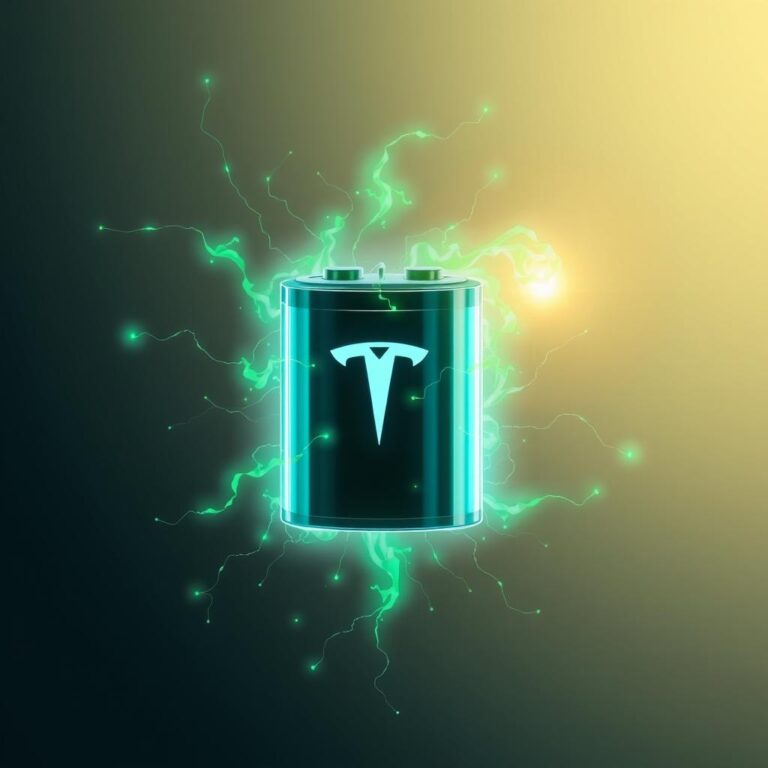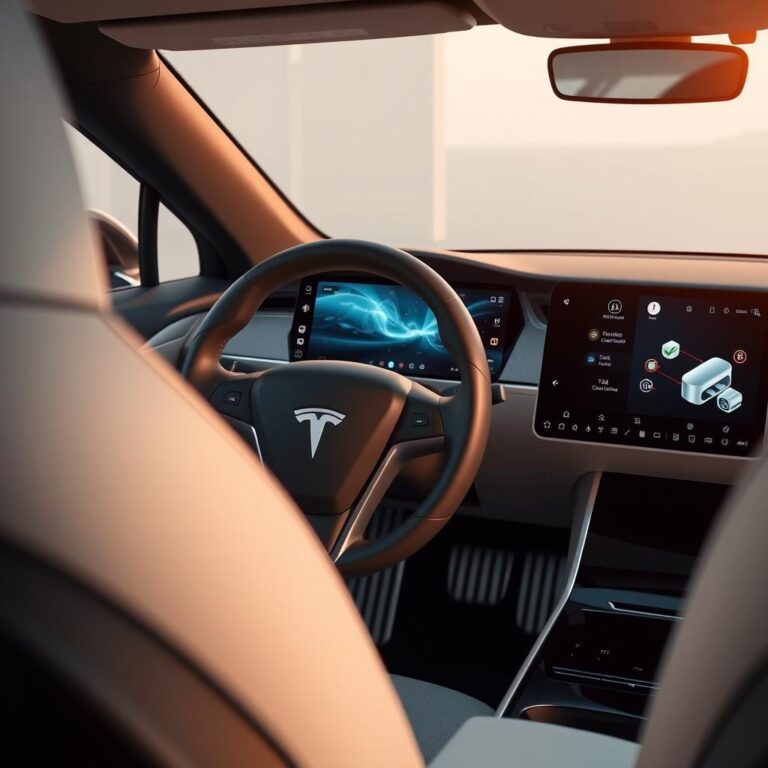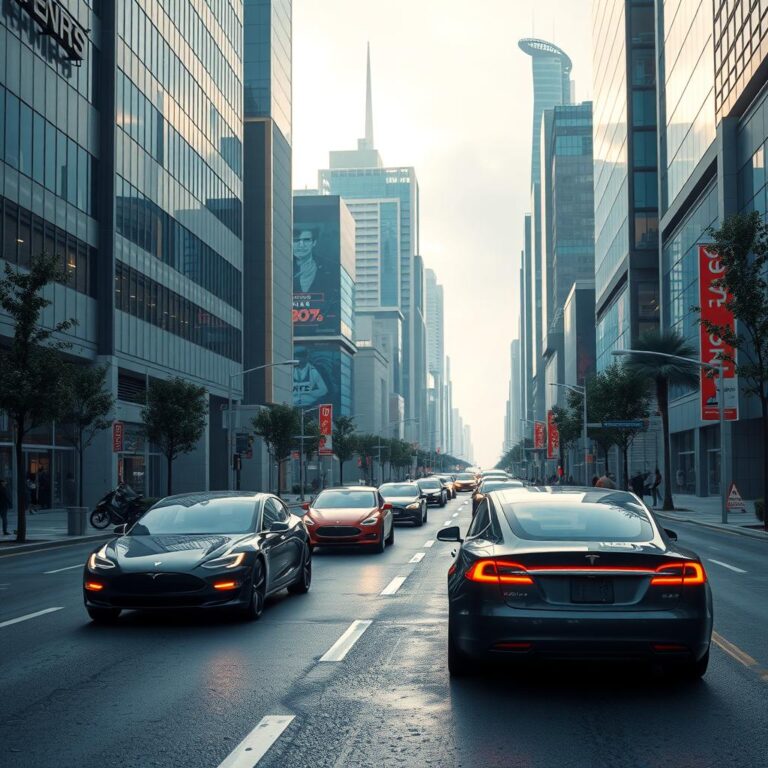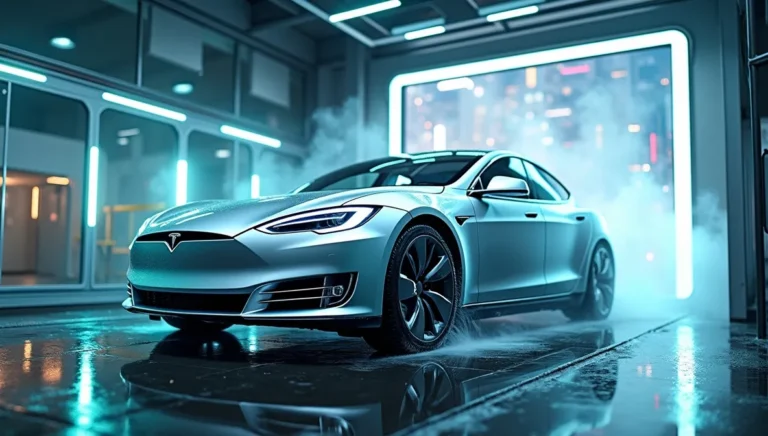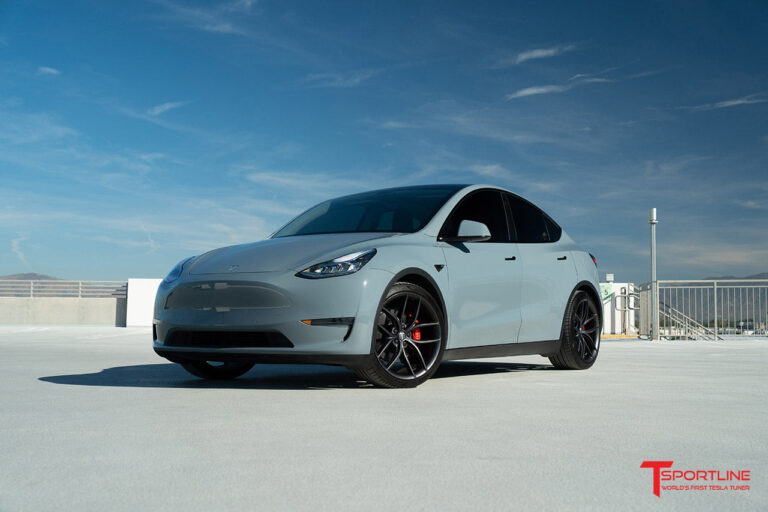Can Tesla Cars Be Charged At Home?
Can Tesla cars be charged at home? Yes, and it’s one of the biggest perks of owning an electric vehicle. No more gas stations—just plug in at home and wake up to a fully charged car.
How Can Tesla Cars Be Charged at Home?
Charging a Tesla at home is simple, but there are different ways to do it depending on your setup.
- Standard household outlet (Level 1 charging): Uses a regular 120V outlet. It’s slow but works in a pinch.
- 240V outlet (Level 2 charging): Provides faster charging, typically installed in garages or driveways.
- Tesla Wall Connector: Tesla’s official home charger, offering even faster speeds and better efficiency.
- Solar-powered charging: If you have solar panels, you can charge your Tesla using clean energy.
What Do You Need to Charge a Tesla at Home?
To set up home charging, you need:
- A power source: Either a standard outlet, a 240V circuit, or a dedicated Tesla charger.
- A Tesla charging cable: Comes with every Tesla, but upgrading to a Wall Connector is a good option.
- A licensed electrician: For installing a 240V outlet or a Tesla Wall Connector safely.
How Long Does It Take to Charge a Tesla at Home?
Charging time depends on the power source you use.
- 120V outlet (Level 1): Adds about 3-5 miles of range per hour. A full charge can take days.
- 240V outlet (Level 2): Adds 30-44 miles of range per hour, depending on the Tesla model.
- Tesla Wall Connector: Can fully charge most Tesla models overnight.
How Much Does It Cost to Charge a Tesla at Home?
Home charging is much cheaper than gas. Here’s what to expect:
- Average cost per kWh: Around $0.13 in the U.S., but varies by location.
- Charging a Tesla Model 3: Costs around $7-10 for a full charge.
- Charging a Tesla Model S or X: Can cost between $10-15 for a full charge.
- Solar charging: Practically free if you have solar panels installed.
Is Charging a Tesla at Home Safe?
Yes, but proper installation is key. Here’s how to ensure safe charging:
- Use a dedicated circuit: A 240V outlet should have its own breaker.
- Follow Tesla’s recommendations: Install a certified Tesla Wall Connector for optimal safety.
- Avoid extension cords: These can overheat and cause fire hazards.
Can You Charge a Tesla at Home Without a Garage?
Yes, even if you don’t have a garage, you can still charge a Tesla at home.
- Install an outdoor-rated outlet: A 240V outlet can be installed outside.
- Use a Tesla Wall Connector: It’s weather-resistant and works outdoors.
- Run a charging cable from inside: If necessary, you can use an extension setup from an indoor outlet.
What’s the Best Way to Charge a Tesla at Home?
If you want fast and efficient home charging, here’s the best setup:
- Install a Tesla Wall Connector: It’s the fastest and most efficient home charger.
- Use a dedicated 240V outlet: Provides reliable Level 2 charging.
- Charge overnight: Electricity rates are usually lower at night.
Does Home Charging Affect Battery Life?
Not if done properly. Tesla batteries are designed to last, but here are some tips to extend their lifespan:
- Avoid charging to 100% daily: Keep it between 20-80% for everyday use.
- Use scheduled charging: Tesla lets you set a charging schedule to optimize battery health.
- Don’t let the battery drain too low: Keeping the charge above 10% helps maintain long-term battery life.
So, can Tesla cars be charged at home? Absolutely. It’s easy, convenient, and saves money in the long run.
In the next section, we’ll cover real-world charging setups, expert advice, and Tesla’s future plans for home charging.

Real-World Examples of Tesla Home Charging Setups
Tesla owners have different ways of setting up home charging. Here are a few real-world examples:
- Standard 240V outlet (NEMA 14-50): Many Tesla owners install this outlet in their garage or driveway for reliable Level 2 charging.
- Tesla Wall Connector: Some users prefer the Wall Connector because it provides the fastest charging speeds at home.
- Solar-powered Tesla charging: Homeowners with solar panels store excess energy and charge their Teslas for free.
- Outdoor charging solutions: Many Tesla owners without garages use weatherproof charging stations.
What Experts Say About Charging a Tesla at Home
Experts agree that home charging is the best way to keep an EV running efficiently.
- Tesla’s recommendation: Tesla suggests installing a Wall Connector for the best home charging experience.
- EV charging experts: They recommend Level 2 charging for daily use to balance speed and battery longevity.
- Energy consultants: Some advise using solar panels to reduce electricity costs and maximize sustainability.
Can You Charge a Tesla With Solar Panels?
Yes! If you have solar panels, you can charge your Tesla using clean energy.
- Direct solar charging: If your home generates more electricity than it uses, you can charge your Tesla for free.
- Solar + Powerwall: A Tesla Powerwall stores solar energy for nighttime charging.
- Lower electricity bills: Charging with solar eliminates the need for expensive grid electricity.
How Tesla’s Home Charging Compares to Public Charging
Many Tesla owners prefer home charging over public stations. Here’s why:
- Convenience: Plug in at home and wake up to a full charge.
- Cost savings: Home electricity rates are often lower than public charging fees.
- Less wear and tear: Frequent Supercharging can degrade the battery faster than home charging.
However, public charging is useful for long road trips or when you need a quick top-up.
Future of Tesla Home Charging
Tesla continues to innovate in home charging. Here’s what’s coming next:
- Faster home chargers: Tesla is improving the Wall Connector for even quicker charging times.
- V2G (Vehicle-to-Grid) technology: Future Teslas may be able to send power back to the home.
- Smart grid integration: Tesla may offer software that optimizes home charging based on electricity demand.
How to Decide If Home Charging Is Right for You
Before setting up a home charger, consider these factors:
- Do you drive daily? If yes, home charging is a must.
- Do you have a garage or driveway? If not, you’ll need an outdoor-rated charging solution.
- Are you willing to invest in installation? If yes, a Tesla Wall Connector is the best option.
Pros and Cons of Charging a Tesla at Home
Pros:
- Convenient: No need to visit charging stations.
- Cheaper than public charging: Home electricity rates are lower than Tesla Superchargers.
- Good for battery health: Home charging puts less strain on the battery than fast charging.
Cons:
- Installation costs: A 240V outlet or Tesla Wall Connector requires professional installation.
- Charging speed: Standard home outlets are slow, and even Level 2 charging is slower than Supercharging.
- Space requirements: Not ideal for those without a garage or dedicated parking spot.
Final Thoughts: Can Tesla Cars Be Charged at Home?
Yes, and it’s the most convenient and cost-effective way to own a Tesla.
- Home charging is cheaper and more convenient than public charging.
- Using a Tesla Wall Connector or 240V outlet provides the best home charging experience.
- Solar panels can reduce or eliminate charging costs if you have them installed.
If you’re a Tesla owner, setting up home charging is one of the smartest investments you can make.
FAQs
Can Tesla cars be charged at home with a regular outlet?
Yes, but it’s slow. A standard 120V outlet adds only 3-5 miles of range per hour. A 240V outlet is recommended for faster charging.
Is it safe to charge a Tesla at home?
Yes, as long as you use a dedicated circuit and follow Tesla’s installation guidelines. A Tesla Wall Connector is the safest option.
How much does it cost to charge a Tesla at home?
On average, it costs about $7-15 for a full charge, depending on your Tesla model and electricity rates.
Can I charge my Tesla if I don’t have a garage?
Yes! You can install an outdoor-rated 240V outlet or use a weatherproof Tesla Wall Connector.
Does home charging affect Tesla battery life?
No, if done correctly. Avoid charging to 100% daily and keep the charge between 20-80% for optimal battery health.
So, can Tesla cars be charged at home? Absolutely. It’s easy, affordable, and the best way to keep your Tesla running smoothly.

